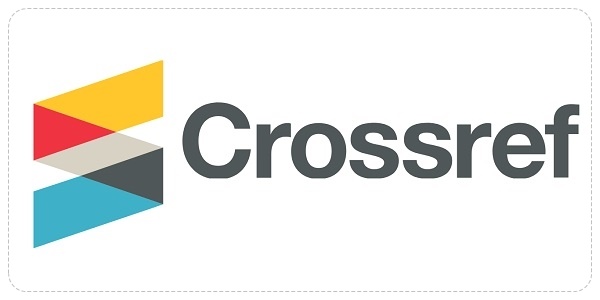DAYA PSIKOLOGIS MAHASISWA S1 UNIVERSITAS PENDIDIKAN INDONESIA
Abstract
faculty, the highest percentage in the fulfillment of psychological problems is not free in the choice of life and does not understand the responsibilities attached to the selection. Psychological power level students in general are in a category average, the percentage of students who have psychological power below the average higher than the above average, as well as the distribution of competence intrapersonal and interpersonal competence. The percentage of students FPBS and FPMIPA with power levels of psychological, interpersonal competence, and interpersonal competencies under average considerably higher than students with psychological power levels above the average; while the percentage of students FIP and FPTK with power levels of psychological, interpersonal competence and interpersonal competence above average muchhigher than students with psychological power levels below average.
Keywords: psychological power, psychological, interpersonal competence, interpersonal
competence.
Keywords
Full Text:
PDFReferences
Creswell, Jhon. W. (1994). Research Design. Qualitative & Quantitative Approaches. California: SAGE Publication.
Fraenkel, Jack R. & Wallen, Norman
E. (1990). How to Design and Evaluate Research in
Education. New York: McGraw-Hill,Inc.
Fuhrmann, Barbara Schneider. (1990). Adolescence,Adolescents (second ed.). Glenview: Scott ,
Foresman/Litle, Brown Higher Education.
Furqon. (2004). Statistika Terapan untuk Penelitian. Bandung: Alfabeta.
Gall, Meredith D., Gall, Joyce P.,
dan Borg, Walter R. (2003). Educational Research, An Introduction. Boston: Pearson Education Inc.
Heppner, P. Paul, Kivlighan, Dennis M., Jr., dan Wampold, Bruce E.
(1992). Research Design in Counseling. Belmont : Wadsworth, Inc.
Heppner, P. Paul, Kivlighan, Dennis M., Jr., dan Wampold, Bruce E.
(2008). Research Design in Counseling (third ed.). Belmont: Thomson Brooks/Cole.
Hurlock, Elizabeth B. (1973). Adolescent Development (forth
ed.). Tokyo: McGraw-Hill Kogahusha, Ltd.
Hurlock, Elizabeth B. (1980). Psikologi Perkembangan. Suatu Pendekatan Sepanjang
Rentang Kehidupan (edisi kelima). Jakarta: Erlangga. McMillan, James and Schumacher,
Sally. (2001). Research in Education. New York: Addison, Wesley Longman, Inc.
Santrock, John W. (2002). Life-Span Development, Perkembangan Masa Hidup Jilid 2 (edis i kelima ). Jakarta: Penerbit Erlangga.
Santrock, John W. (2007). Remaja Jilid 1 (edisi 11). Jakarta: Penerbit Erlangga.
Santrock, John W. (2007). Remaja Jilid 2 (edisi 11). Jakarta: Penerbit Erlangga.
DOI: https://doi.org/10.17509/pedagogia.v13i1.3380
Refbacks
- There are currently no refbacks.
INDEXED BY

This work is licensed under a Creative Commons Attribution-ShareAlike 4.0 International License















